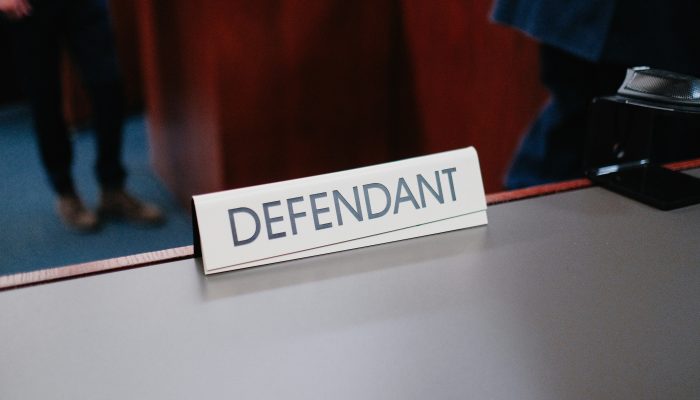The U.S. Justice Department sued Iowa on Thursday over its new law that would give the state the authority to arrest and deport some migrants, making it the second lawsuit filed in a single day that seeks to block legislation passed earlier this year by state lawmakers.
Both the Justice Department’s lawsuit and another suit filed by civil rights and immigrant rights groups argued the state law was preempted by federal law and should be declared invalid.










